Turning your baking passion into a legitimate business requires a clear understanding of the process and compliance with relevant laws and regulations.
Our guide will walk you through the essential steps and requirements to get your micro bakery up and running, ensuring that you comply with all relevant laws, including Cottage Food Laws.
Key Takeaways
- Understand the California Cottage Food Operation laws
- Learn the essential steps to start a micro bakery
- Comply with relevant laws and regulations
- Turn your baking passion into a legitimate business
- Operate your micro bakery from home
Understanding California Cottage Food Operations
Understanding the intricacies of California’s Cottage Food Operations is crucial for starting a successful micro bakery. Cottage Food Operations (CFOs) are businesses operated from a kitchen in a person’s home, where certain food items are made for sale.
What is a Cottage Food Operation?
A Cottage Food Operation is a type of business that operates from the kitchen of a person’s home. These operations are subject to specific regulations, including the types of foods that can be prepared and sold.
Class A vs. Class B Cottage Food Operations
California law divides CFOs into two categories: Class A and Class B. Class A CFOs can sell their products directly to consumers at places like farmers’ markets, while Class B CFOs can sell their products to other businesses, like restaurants. The key differences between the two classes are shown below:
| Characteristics | Class A | Class B |
|---|---|---|
| Sales Directly to | Consumers | Businesses (e.g., restaurants) |
| Sales Platforms | Farmers’ markets, roadside stands | Wholesale, online, other businesses |
Recent Updates to California Cottage Food Laws
As of January 2019, California made significant changes to its Cottage Food Law, expanding the types of foods that can be made under a CFO. For instance, dried-meat products are now allowed, but certain restrictions still apply. It is essential to stay updated on any further changes to the law.
Legal Requirements for Starting Your Micro Bakery
Starting a micro bakery under California’s Cottage Food Laws requires compliance with several legal requirements. As a micro bakery owner, you need to ensure that your business is properly registered, permitted, and compliant with local regulations.
Business Registration Requirements
First and foremost, you need to register your micro bakery as a business. This involves choosing a business name, registering for a fictitious business name (if necessary), and obtaining any required state or local business licenses. As stated by the California Department of Food and Agriculture, “all businesses must be registered with the state to operate legally.”
Health Department Permits
Although Cottage Food Operations are not required to have a health department permit for the operation itself, some local health departments might have specific requirements. It is essential to check with your local health department to determine if any permits are needed.
Zoning and Local Regulations
Zoning regulations can impact your micro bakery, especially if operating from home. You might need a Home Occupation Permit if your business is based in your residence. Additionally, if you are part of a homeowners association (HOA), there might be HOA restrictions that you need to adhere to, as some HOAs have strict rules about running businesses from home.
Home Occupation Permits
A Home Occupation Permit allows you to operate a business from your home, subject to certain conditions. Check with your local government to determine the requirements.
HOA Restrictions
If you live in an area governed by an HOA, review your HOA documents or consult with your HOA management to understand any restrictions on running a micro bakery from your home.
Approved Foods Under California Cottage Food Laws
As a micro bakery owner, it’s essential to know the types of foods allowed by California Cottage food laws. The law specifies certain baked goods and products that can be made and sold under this law, while others are prohibited due to safety concerns.
Allowed Baked Goods and Products
Under California Cottage Food Laws, you can make and sell certain baked goods like bread, cookies, and pastries. You can also make jams, dried goods, and certain dried-meat products. Approved baked goods are those that are considered non-potentially hazardous, meaning they do not support the growth of harmful bacteria.
Prohibited Items
Some items are prohibited due to the risk of contamination or because they require specific handling and storage. These include dairy products, meats (except certain dried-meat products), and any item that is considered potentially hazardous.
Shelf Stability Requirements
Understanding shelf stability is crucial. Foods that are considered non-potentially hazardous do not require refrigeration.
Non-Potentially Hazardous Foods
Examples include baked goods, jams, and dried goods. The table below summarizes some allowed and prohibited items:
| Category | Allowed | Prohibited |
|---|---|---|
| Baked Goods | Bread, cookies, pastries | Creme-filled pastries |
| Jams and Preserves | Homemade jams | – |
| Meat Products | Certain dried-meat products | Fresh meats, meat products requiring refrigeration |
Setting Up Your Home Kitchen
The foundation of a successful micro bakery lies in setting up your home kitchen to meet the stringent requirements of California’s Cottage Food Laws.
When setting up your home kitchen, it is essential to focus on several key aspects: equipment essentials, food safety requirements, and storage considerations. Each of these elements plays a crucial role in ensuring that your micro bakery operates smoothly and remains compliant with state regulations.
Equipment Essentials for a Micro Bakery
To start a micro bakery, you will need specific kitchen equipment to prepare and bake your products. Essential equipment includes:
- Mixers (stand or hand mixers)
- Ovens (conventional or convection)
- Baking utensils (pans, sheets, and liners)
- Measuring tools (scales, cups, and spoons)
Using high-quality equipment will help you maintain consistency in your baked goods and ensure that they meet the high standards required by California’s Cottage Food Laws.
Food Safety Requirements
Maintaining food safety is paramount in a micro bakery. Your home kitchen must be kept clean and sanitized regularly to prevent contamination. Some key practices include:
- Regularly cleaning and sanitizing all equipment and work surfaces
- Keeping raw ingredients separate from finished products
- Ensuring all ingredients are stored at the correct temperatures
As emphasized by food safety experts, “keeping a clean kitchen is not just about avoiding contamination; it’s about creating an environment where your baked goods can thrive.”
“A clean kitchen is a safe kitchen.”
Storage Considerations
Proper storage considerations are vital for maintaining the quality and safety of both ingredients and finished products. This includes:
Ingredient Storage
Ingredients should be stored in a cool, dry place, away from direct sunlight and contaminants. Proper labeling and rotation of ingredients are also crucial to ensure that you use the oldest stock first.
Product Storage
Finished products should be stored in airtight containers to maintain freshness and prevent contamination. It is also essential to keep them at the correct temperature to ensure shelf stability.
Here is a simple table outlining the basic storage requirements:
| Item | Storage Condition | Container Type |
|---|---|---|
| Flour | Cool, dry place | Airtight container |
| Baked goods | Room temperature or refrigerated | Airtight container |
| Perishable ingredients | Refrigerated | Sealed container |
As seen in the table, different items require different storage conditions. Proper storage will help you maintain the quality of your products and comply with food safety regulations.
Obtaining Your Cottage Food Operation Permit
To legally operate your micro bakery, obtaining a Cottage Food Operation permit is a crucial step. This permit ensures that your business complies with California’s Cottage Food Laws, giving you the green light to operate from your home kitchen.
Understanding the steps involved in obtaining this permit is essential for a smooth process. Here is an overview of the steps you need to follow.
Application Process
The application process for a Cottage Food Operation permit involves several steps. First, you need to complete an application form, which can usually be found on your local health department’s website or obtained in person. The form will require information about your micro bakery, including the types of products you plan to make, your kitchen setup, and your food handler training.
Required Documentation
When applying for your Cottage Food Operation permit, you will need to provide certain documents. These typically include proof of food handler training, a list of the baked goods you plan to sell, and information about your kitchen setup. Ensuring that you have all the required documentation ready will help streamline the application process.
As emphasized by the California Department of Public Health, “food handler training is crucial for ensuring that food is handled safely and preventing foodborne illnesses.”
Fees and Timelines
There are fees associated with obtaining a Cottage Food Operation permit. The costs can vary by county, so it’s essential to check with your local health department for specific fee information.
Initial Application Costs
The initial application costs for a Cottage Food Operation permit include the permit fee, which can range from $100 to $300, depending on the county. Some counties may also charge additional fees for processing or inspection.
Renewal Requirements
Your Cottage Food Operation permit will need to be renewed periodically, usually every year or every five years, depending on your county’s regulations. To renew your permit, you will need to submit a renewal application and pay the renewal fee, which is typically similar to the initial permit fee.
Here is a summary of the typical costs and timelines associated with obtaining and renewing a Cottage Food Operation permit:
| Permit Type | Fee Range | Renewal Period |
|---|---|---|
| Cottage Food Operation permit | $100-$300 | 1-5 years |
| Renewal | $100-$300 | 1-5 years |
As seen in the table, the fees and renewal periods can vary. It is essential to check with your local health department for the most accurate information.

Food Handler Training and Certification
California’s Cottage Food Operation laws require micro bakery owners to complete a food handler training program. This requirement is crucial for ensuring that all food handlers, including those operating from home, have the necessary knowledge to handle food safely. The training covers essential topics such as food safety principles, hygiene practices, and prevention of foodborne illnesses.
California-Approved Food Handler Courses
Several courses are approved by the California Department of Public Health for food handler training. Some of these courses include:
- Food Safety Certification by Food Safety.com
- Study.com Food Handler Course
- National Food Safety course by National Restaurant Association
These courses are available online and can be completed at the individual’s pace, making it convenient for micro bakery owners to fulfill the training requirement.
Certification Process
After completing the approved food handler course, individuals will need to pass a certification exam. The certification process typically involves:
- Registering for the course and completing all modules
- Taking the final exam and achieving a passing score
- Receiving the food handler certificate
Maintaining Your Certification
Food handler certifications in California are typically valid for five years. To maintain certification, micro bakery owners will need to renew their certificate before it expires. Some courses offer continuing education requirements to ensure that food handlers stay updated on the latest food safety practices.
Here is a summary of the key information related to food handler training and certification:
| Topic | Description | Details |
|---|---|---|
| Approved Courses | Courses approved by the California Department of Public Health | Food Safety Certification, Study.com, National Food Safety |
| Certification Process | Steps to obtain the food handler certificate | Registration, passing the exam, receiving the certificate |
| Certification Validity | Duration for which the certificate is valid | Five years |
Labeling and Packaging Requirements
As you prepare to launch your micro bakery, understanding the labeling and packaging requirements is crucial for compliance with California Cottage Food Laws. Proper labeling ensures that your products are clearly identified, while packaging plays a critical role in maintaining the quality and safety of your baked goods.
Mandatory Label Information
Every product sold by your micro bakery must be labeled with specific information. This includes the name of your business, the name of the product, a list of ingredients used, and the statement “Made in a cottage food operation that is not subject to state inspection.” Accurate labeling is not only a legal requirement but also helps build trust with your customers.
Allergen Warnings
If your baked goods contain common allergens like nuts, dairy, or soy, you must include allergen warnings on the label. This is crucial for consumer safety and helps protect your business from potential liabilities. Make sure to clearly indicate the presence of allergens in your products.
Packaging Guidelines
When it comes to packaging, it is essential to use food-safe materials that protect your products from contamination and damage. Packaging should be designed to maintain the freshness and integrity of your baked goods.
Food-Safe Materials
Choose packaging materials that are specifically designed for food products. These materials should be non-toxic and prevent the migration of harmful substances into your baked goods.
Presentation Considerations
While maintaining compliance with regulations, you can also consider the presentation of your products. Attractive packaging can enhance the perceived value of your baked goods and make them more appealing to customers.
Building Your Micro Bakery Business
With your permit in hand and your kitchen set up, the next step is to build your micro bakery business. This involves several key steps, including pricing your products, creating effective marketing strategies, and choosing the right sales channels.
Pricing Your Products
Pricing your baked goods correctly is crucial for the success of your micro bakery. You need to consider the cost of ingredients, time, and other expenses when setting your prices. A simple formula to calculate your pricing is to determine your total costs and then add your desired profit margin. For example, if your total cost for a product is $5 and you want a 50% profit margin, you would sell the product for $7.50.
It is also important to research your competitors and understand the market rate for similar products. This will help you set competitive prices that attract customers while ensuring you make a profit.
Marketing Strategies for Home Bakers
Effective marketing is vital for attracting customers to your micro bakery. One effective strategy is to use social media platforms like Instagram and Facebook to showcase your products. High-quality images and engaging content can help you build a loyal following. You can also use these platforms to promote your products and announce special offers.
Another strategy is to participate in local events and join local bakeries or food groups. This can help you connect with potential customers and other bakers, gaining valuable insights and feedback.
Sales Channels Available to CFOs
As a cottage food operator, you have several sales channels available to you. Understanding these channels can help you decide where to focus your efforts.
Direct Sales
Direct sales involve selling your products directly to customers, either in person or through your website. This can be a very profitable channel, as you can keep all the profits without having to pay commissions to third-party sellers.
Farmers Markets
Farmers markets are a popular sales channel for cottage food operators. They provide an opportunity to connect with customers and sell your products in a vibrant, local setting. Make sure to check local regulations regarding sales at farmers markets.
Online Presence
Creating an online presence is crucial in today’s digital age. You can sell your products through your own website or through online marketplaces. Make sure your online presence is professional, with clear product images and easy-to-use navigation.
Here is a comparison table of the sales channels:
| Sales Channel | Pros | Cons |
|---|---|---|
| Direct Sales | High profit margins, direct customer connection | Requires personal interaction, marketing efforts |
| Farmers Markets | Vibrant market environment, direct customer connection | Booth rental fees, weather dependency |
| Online Presence | Wide reach, 24/7 sales | Competition, e-commerce platform fees |
Financial and Legal Considerations
When starting a micro bakery, navigating the financial and legal landscape is essential. As a cottage food business owner in California, you will have to manage several financial and legal aspects to ensure your business remains compliant and profitable.
Taxes for Cottage Food Businesses
Understanding your tax obligations is crucial. As a cottage food business, you are considered self-employed and must report your income and expenses on your tax return. You will need to keep accurate records of sales and expenses to comply with tax laws. You may also need to pay self-employment tax on your earnings from the micro bakery.
It is advisable to consult with a tax professional to ensure you are taking advantage of all the deductions available to you, such as deductions for business expenses related to your micro bakery.
Insurance Needs
While not always required, having appropriate insurance can protect your micro bakery from various risks. Consider obtaining liability insurance to protect against claims related to your baked goods. You may also want to consider business insurance to cover your equipment and business-related expenses if you are unable to operate due to unforeseen circumstances.
Record-Keeping Requirements
Maintaining accurate records is vital for the financial health and legal compliance of your micro bakery. You will need to keep track of sales records and expense records.
Sales Records
Keep a detailed log of all sales, including the date, amount, and type of product sold. This will help you track your business’s financial performance and comply with tax requirements.
Expense Tracking
Similarly, keep records of all expenses related to your micro bakery, including ingredients, equipment, marketing expenses, and any other business-related costs. This will help you accurately report your business income and expenses on your tax return and make informed decisions about your business.

By carefully managing these financial and legal aspects, you can ensure that your micro bakery is well-managed and positioned for success.
Conclusion: Your Path to Micro Bakery Success
Starting a micro bakery under California Cottage Food laws can be a rewarding venture, and with careful planning, you can achieve micro bakery success. Throughout this guide, we have covered the essential steps to establish a cottage food operation, from understanding the laws and setting up your home kitchen to obtaining necessary permits and building your business.
As you move forward, remember that maintaining compliance with regulations and focusing on food safety are crucial to your cottage food operation’s success. By following the guidelines outlined in this article, you will be well on your path to turning your passion into a successful micro bakery, providing you with a solid foundation to grow your business.
With a clear understanding of the requirements and a well-planned strategy, you can achieve micro bakery success and make your venture a success story under California’s Cottage Food laws.
FAQ
What is a Cottage Food Operation (CFO) in California?
A Cottage Food Operation is a business operated from a kitchen in a person’s home, where certain food items are made for sale, as defined under California law.
What types of baked goods can I make under the California Cottage Food laws?
You can make baked goods like bread, cakes, cookies, and other non-potentially hazardous foods, as well as items like jams and dried goods.
Can I sell my baked goods to restaurants or other businesses?
If you operate as a Class B Cottage Food Operation, yes, you can sell your products to other businesses, like restaurants.
What are the requirements for labeling my products?
You must include the name of your business, the name of the product, a list of ingredients used, and any relevant allergen warnings on your labels.
Do I need to undergo food handler training?
Yes, as a micro bakery owner operating under the Cottage Food Operation laws, you need to undergo food handler training and obtain certification from a California-approved course.
What are the financial and legal considerations for my micro bakery?
You need to consider taxes, insurance needs, and keep accurate records of sales and expenses to manage your business effectively and stay compliant with legal requirements.
Can I operate my micro bakery from any type of residence?
You need to comply with local zoning regulations and check for any homeowners association (HOA) restrictions if you live in an area governed by one.
How do I obtain a Cottage Food Operation permit?
You need to go through the application process, provide required documentation like proof of food handler training, and pay the associated fees.
What are the sales channels available to me as a Cottage Food Operation?
You can sell your products through direct sales, at farmers’ markets, and by creating an online presence.
What are the shelf stability requirements for my baked goods?
You need to ensure that your baked goods are considered non-potentially hazardous foods, meaning they do not require refrigeration and are shelf-stable.
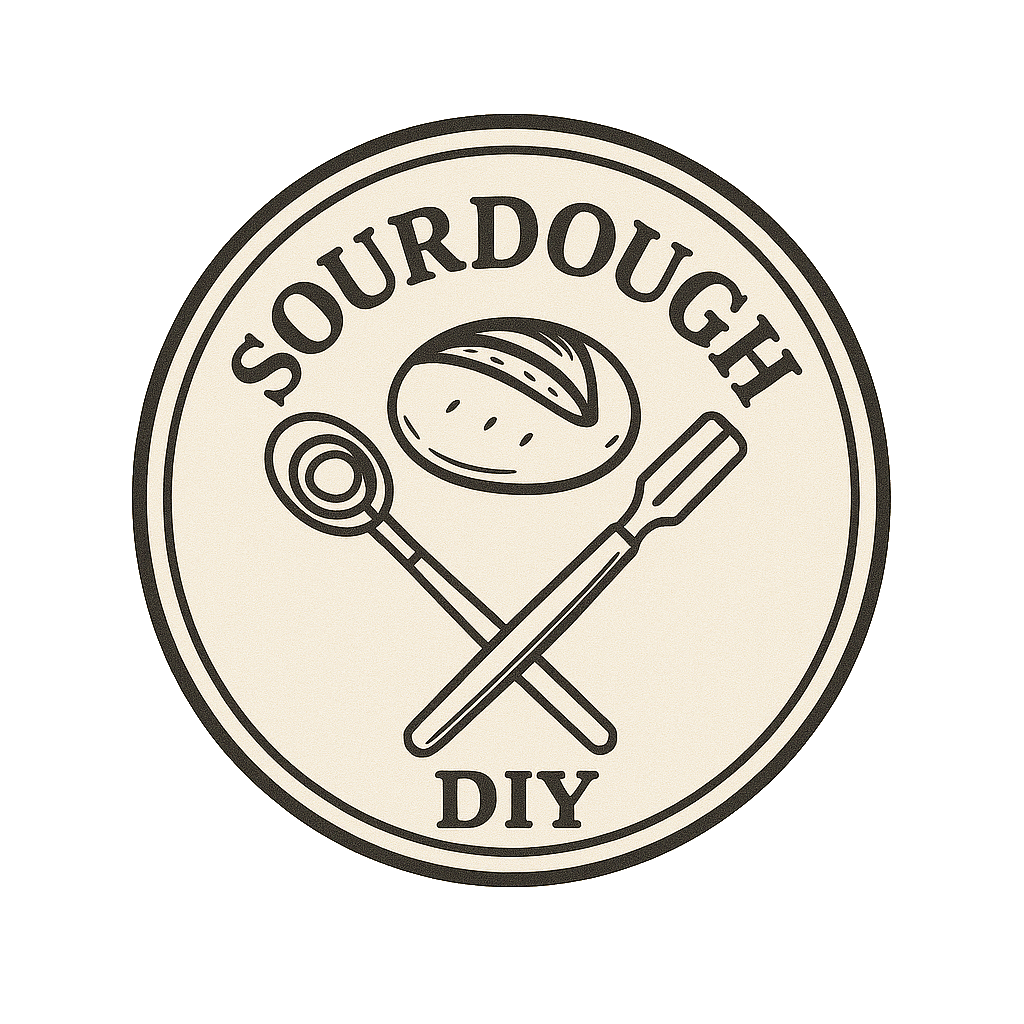
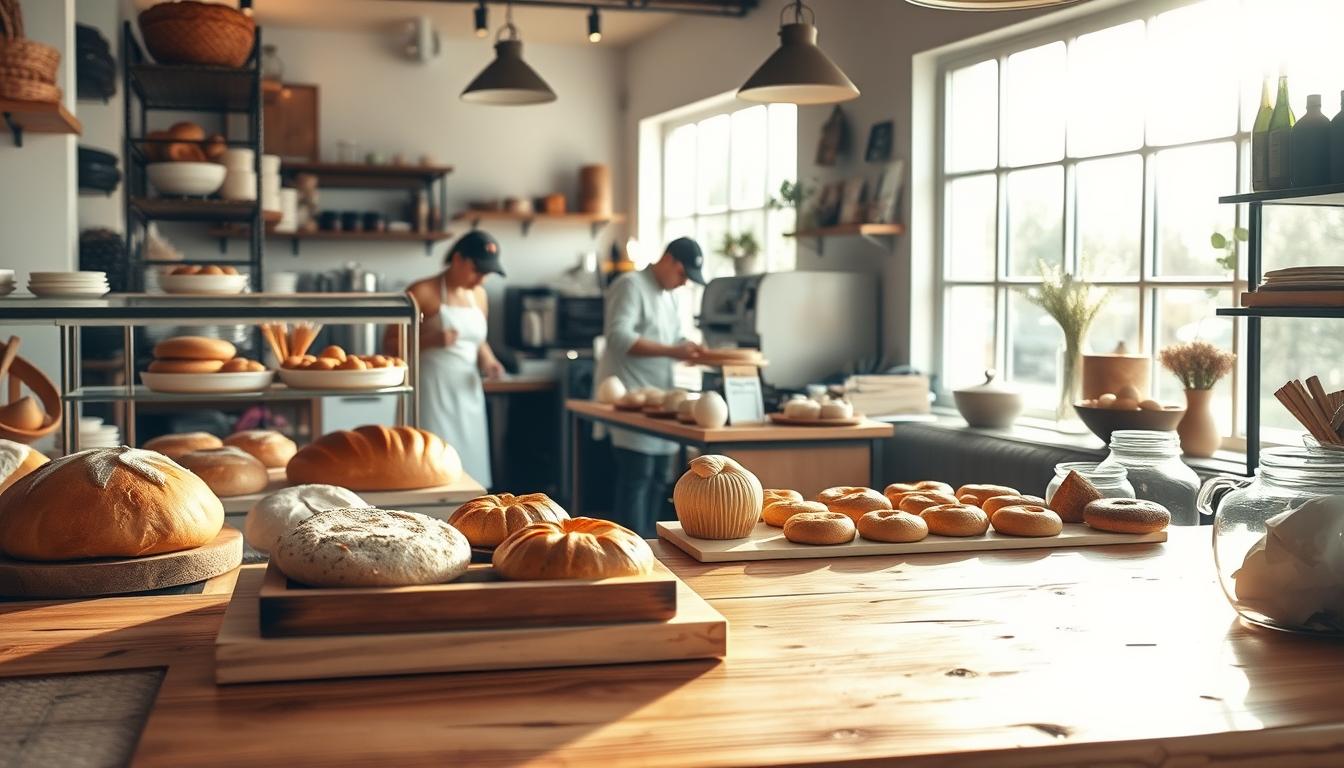
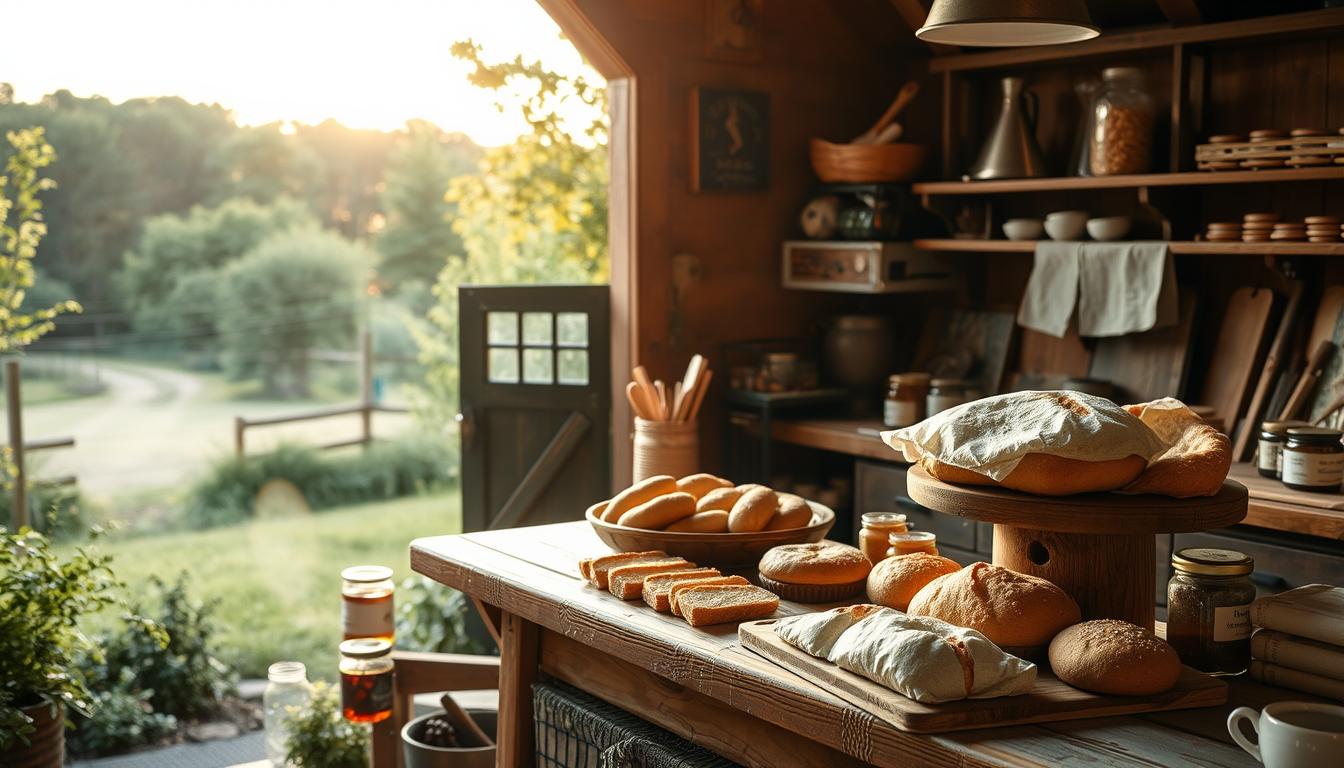
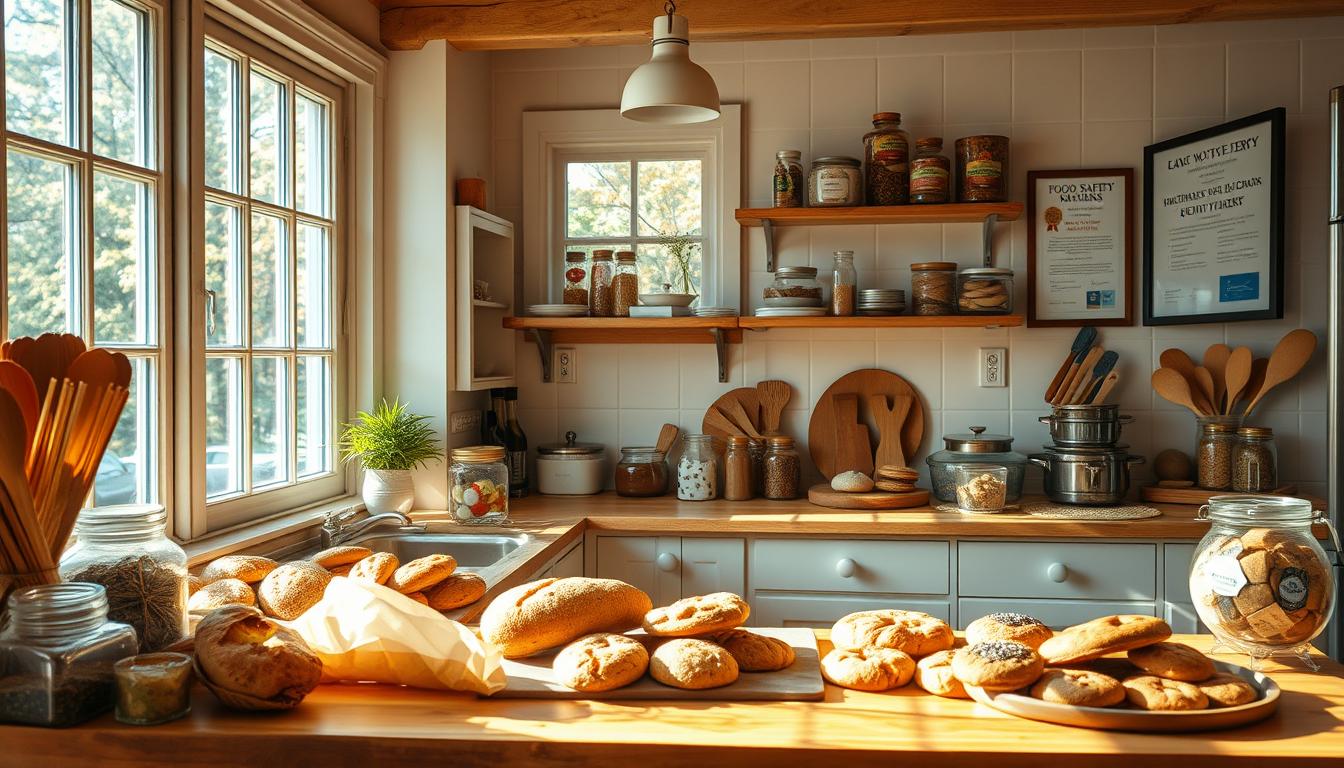
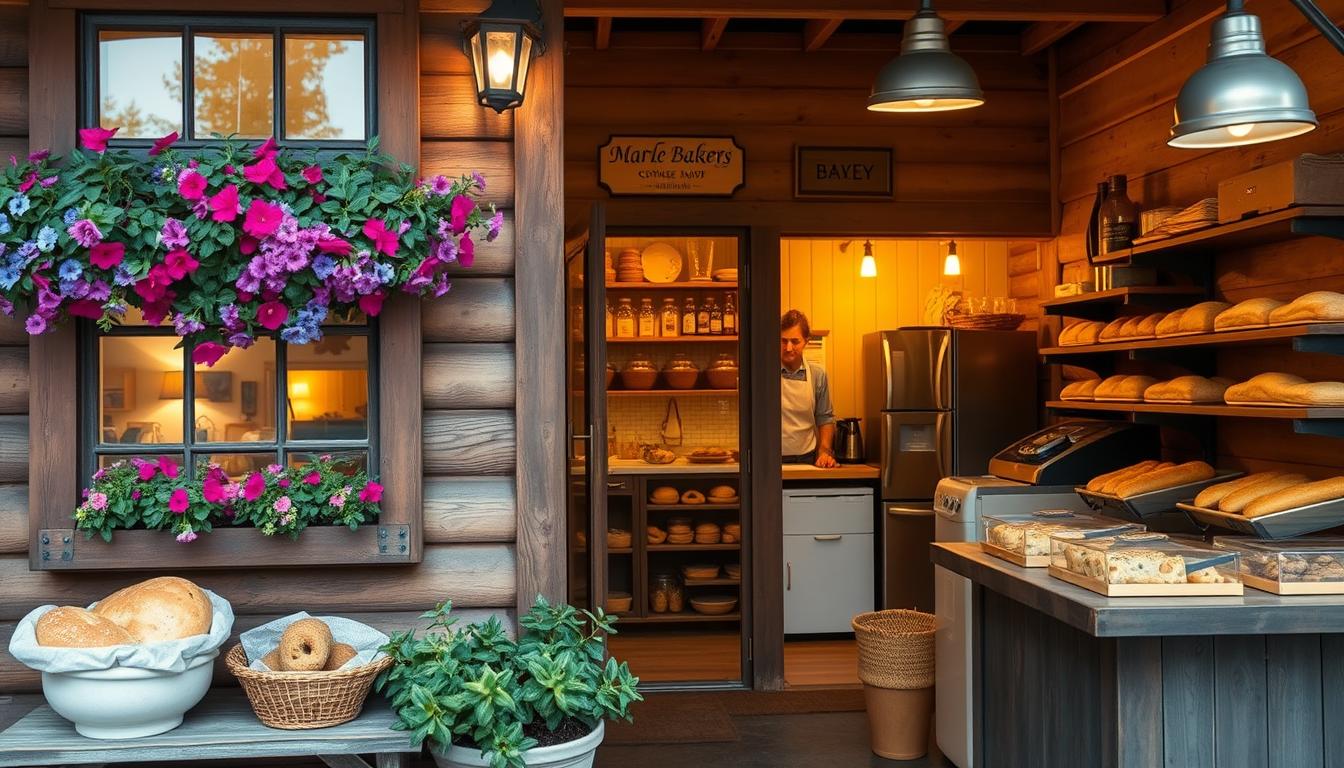
Leave a Reply